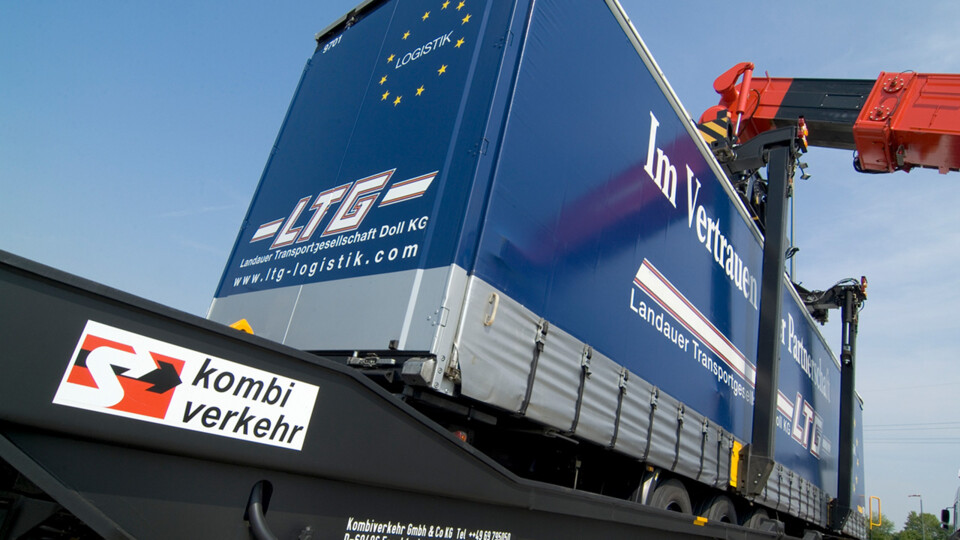

Loading units (semi-trailers, swap bodies, containers) must be technically suitable and approved for combined road-rail transport. Such loading units can be recognized by the yellow so-called code license plates, which are attached to both long sides of the loading units, preferably in the front area. Without these labels, loading units are not accepted for transportation in combined road-rail transport. Overseas containers in accordance with the ISO standard are exempt from this. The technical approval and marking of new loading units is generally not a problem. In any case, you should agree with your supplier that the new vehicles or containers will only be delivered with code license plates already attached. In principle, a loading unit must be provided with an ILU code as an owner key for identification.

The transportation of loading units in combined transport generally exceeds the normal loading gauge of the railroads in the upper section. More than 30 years ago, the UIC railroads and UIRR companies developed a system that enables the smooth transportation of CT consignments in national and international traffic. The codification of rail routes, loading units and wagons makes this possible, and the profiles for containers and semi-trailers are specified in the timetable for each transport connection.
By simply comparing the profile number of the route and that on the code license plate, it is possible to determine whether the loading unit is permitted to travel on the route. The profile table shows the corresponding corner height of the loading unit for each profile number. To be able to drive on a specific route, the profile code of the load unit must not exceed that of the route.

The yellow code number plates are not only used as a sign of technical approval, but also facilitate the correct assignment of loading unit and wagon in terminal operations. The rail profile used by the respective load cross-section of the loading unit can be read directly from the code number plate.
The yellow plate also documents that the loading unit is suitable and approved for crane handling and for the transport loads on the rail. Two code number plates are provided for each loading unit, which are attached to the side walls in the lower area of the front bulkhead. The plates have a yellow base color and black lettering.

Every loading unit that is to be transported in unaccompanied combined road-rail transport must be technically approved, i.e. codified. Overseas containers according to ISO standards, so-called large containers for land transport according to the UIC Code and vehicles that use the Rolling Road are exempt from this type of marking.
The introduction of the current DIN EN 13044 is also accompanied by a new procedure with regard to the codification of loading units: according to the new standard, the owner of a loading unit is no longer coded on the yellow code license plate, but can be seen from the ILU code. In addition, the codification of new intermodal loading units can be carried out directly by the manufacturer. For more information, please contact the UIRR at www.uirr.com.